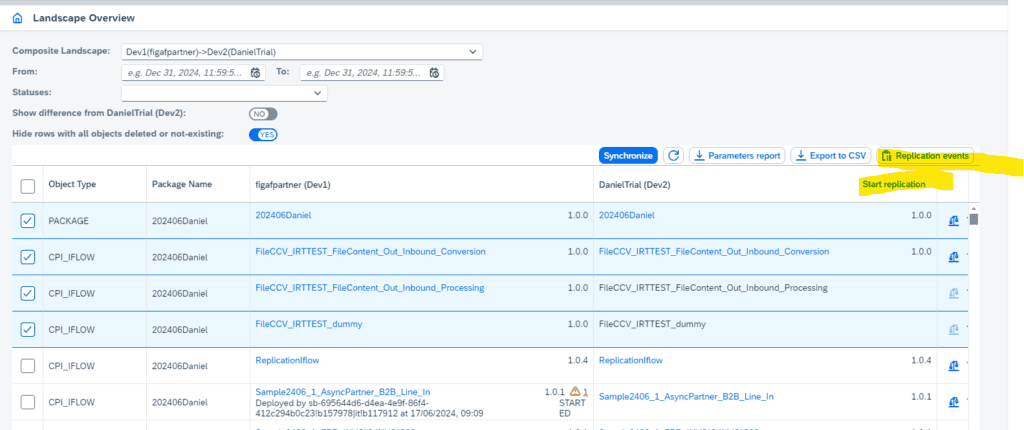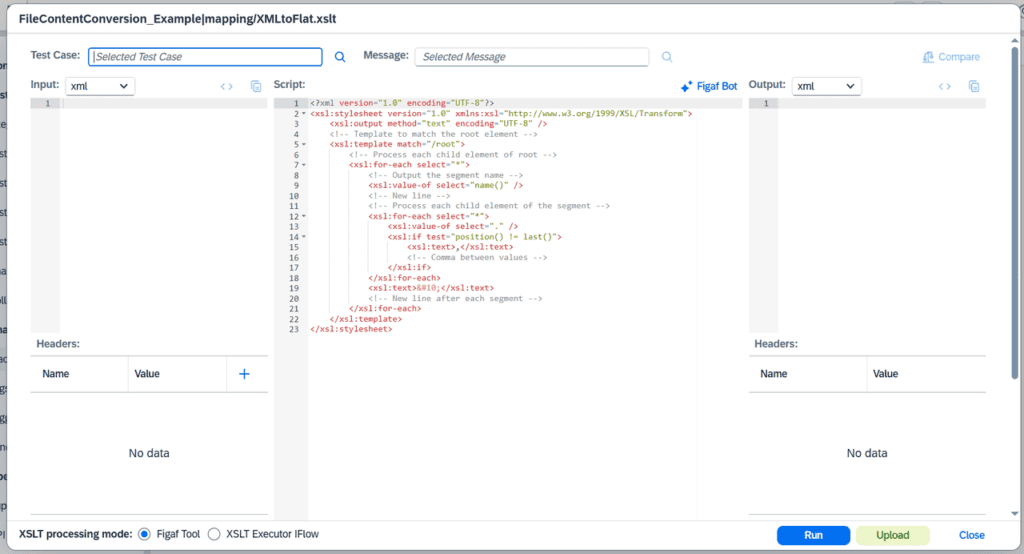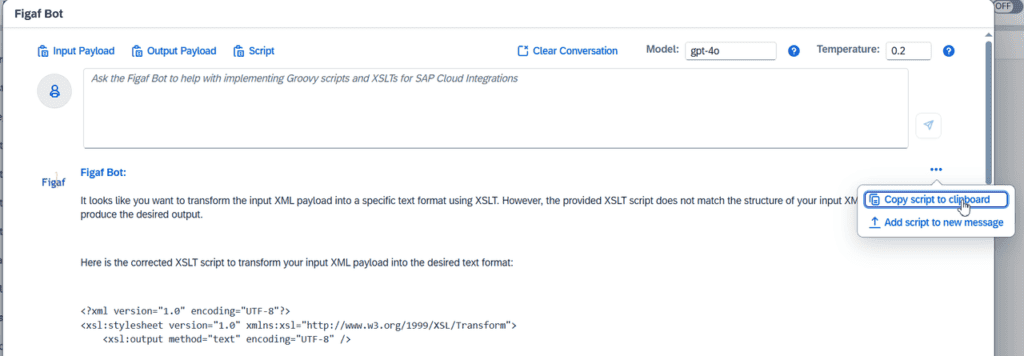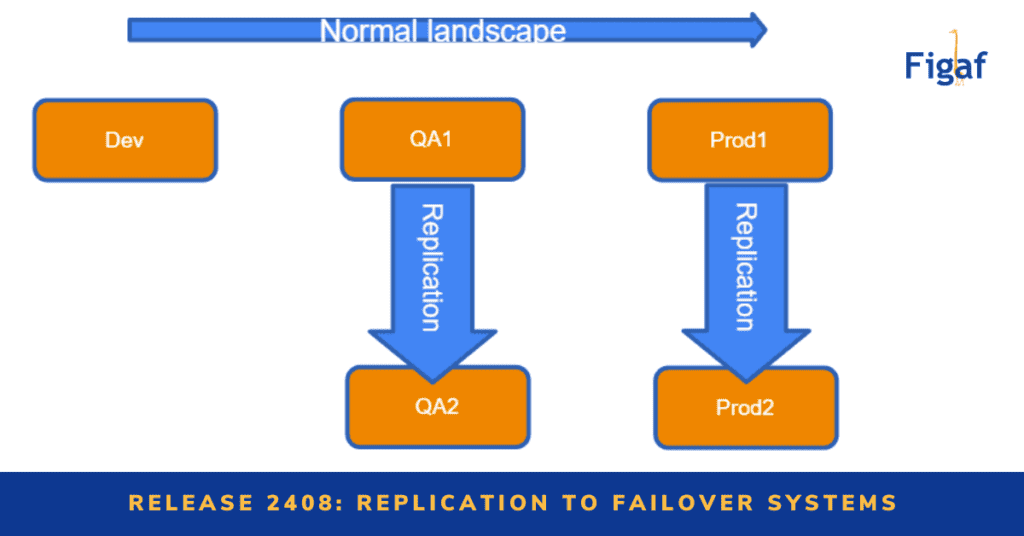One of our customers faced an issue. How to handle replication to different production systems/tenants. We have therefore been working on ways to simplify that setup. So the two systems are always in sync. This is the replication landscape
There is also some improvements around the tagging to enable you to improve the governance.
We skipped 2407 release, due to some of the big developments that needed to be completed and vacations. Last time we had a month without a release was 2022 March.
System Replication
Replication between two Production CPI tenants as a part of ensuring they are synchronized, if you want to ensure you have a failover tenants. It does require you have infrastructure setup. SAP have written a blog about it. You will need this kind of setup.
One missing component is how to ensure that you have the same iFlows and integration content deployed in both systems, and they have the same configuration. This is not an easy task.

Hence we now introduce a new landscape transition that will allow you to replicate between two production systems i.e when Figaf see a change on Prod1(master system) it replicates the content to Prod2. You cannot replicate the other direction.
If you have transported with Figaf to Prod1 then this will also automatically happen.
You can manually handle the replication by selecting objects and then start replication. To begin with, nothing will be replicated. We do recommend that you do it in smaller batches to you get an understanding of the flow.

There is probably a few more improvements that can be made to this setup including deployment and failover deployment. But we hope to get feedback from our customers on this.
Using this type of transport requires a special license, so ask.
Security management
As a requirement to do system replication successfully we need to handle security artifacts in Figaf tool also.
I do think that there is also a need to be able to go live with security artifacts together with transports or to be able to know how made changes to some artifact and why.

We have then implemented an editor to create and edit security artifacts. You therefore don’t need admin access to the system to be able to edit them.

You can also add the password to a transport of other objects like the iFlow. That way the item will be updated correctly.

The downside is that you will save the security artifacts in Figaf. Users cannot get access to the password. If you can get the database you will be able to extract the data.
We do have some different ideas to improve the security artifact.
Tagging improvements
We have bee seeing the potential in the tagging for a lot more purposes. We use tags to search in content via Xpath or Regex. It can be used to create custom rules for governance.
Auto tagging
If you have a tag that needs to be checked before a transport or for other reason. Then you can select “Apply on synchronization”. Then once Figaf sees a new object it will run the comparison.

Warn if tag occurs
On a landscape item you can select which of the tags you want to warn as a part of the transport. This is designed to improve the governance and give you an easy way to setup warnings for your transports.
It will just give a warning when performing the transport. You need to take the decision to approve the process.

It is just a warning if you have approver someone needs to take a decision if it is okay.
New object types for validation
We have an option for search for all objects in Cloud Integration.

iFlow tagging with External configurations
We did see that some have externalized parameters that could affect the result of the tags. Like if you have externalized Max Payload size. They are automatically resolved before running the XPath or Regex on it. It allows you to search for payloads greater than 40MB even if the iflow is configured with external properties.
Other improvements
Allow import for lower version
There are cases where you need to perform an import to a lower version. We did not think this was a normal process. There are cases where you need to go to a lower version if working within a support process.
You on the landscape transition select allow lower version.

Then you will get it as a part of the warnings when approving transport.
New style buttons
We have tried to move closer to SAPs UI5 standards to make it easier to navigate the application. We hope you find it useful.
Groovy Editor/XSLT
One of my favorite parts if our Groovy Editor that allows you to easy edit Groovy and XSLT scripts. We have moved the Run button so it is easier to use.

Also if you use the AI Chat there is a better way of uploading the target payload including minimization and anonymization.
You can also copy the script that was generated by clicking the … on the response message.

Send testMode for header
One of the improvements in the Pipeline Concept is to use send and use the testMode for the full processing. We are now sending this.
The big question is then what to do when it is sent. In some cases you do want to check the connection can be made, in others you dont want to send the data to the receiver.
We are considering if you should have the option to send more information in it.
Ton of bug fixes
We have been resolving bugs all around the application to make it easier to use.

